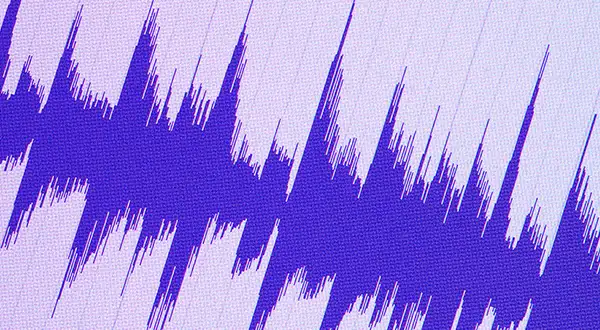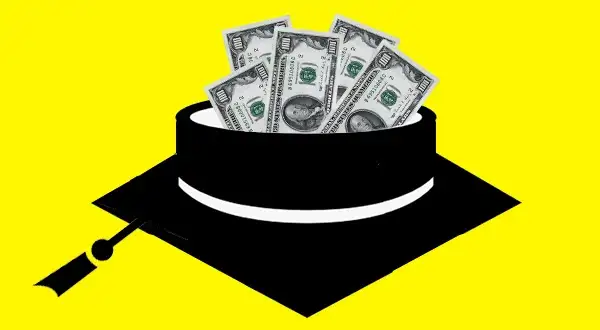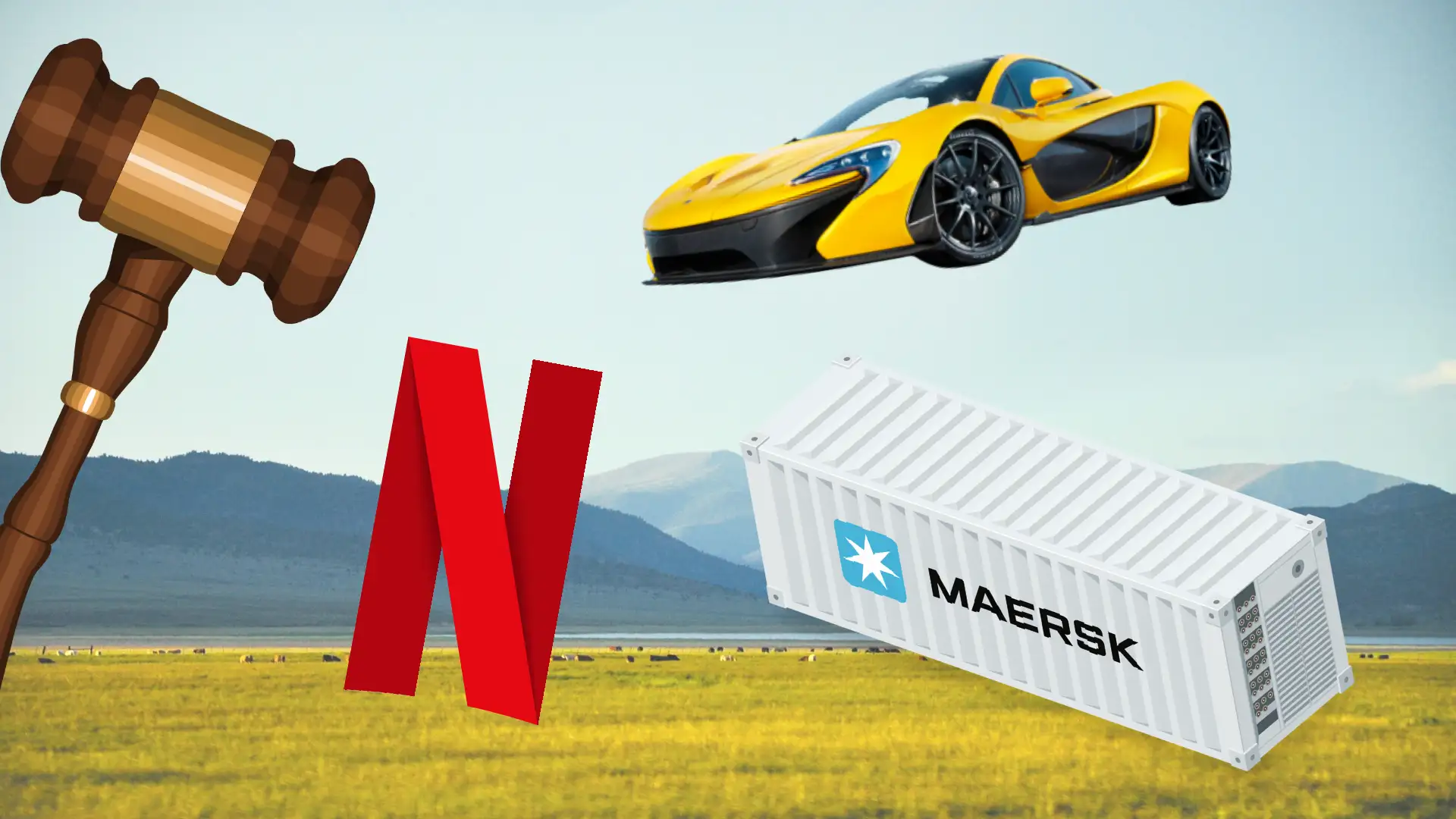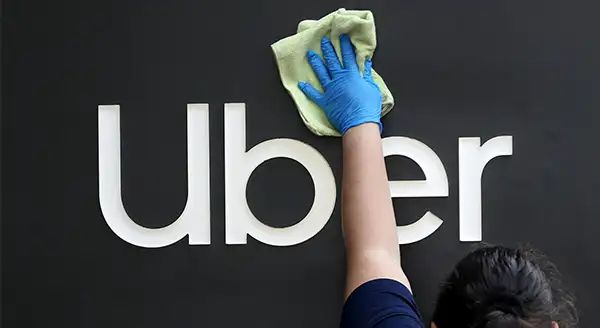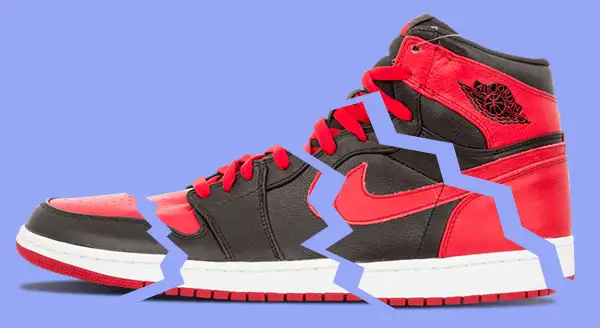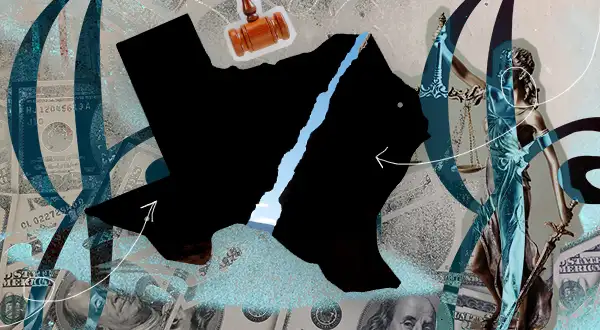One of the most controversial corporate decisions in the aftermath of the 2007-08 financial crisis was made by AIG.
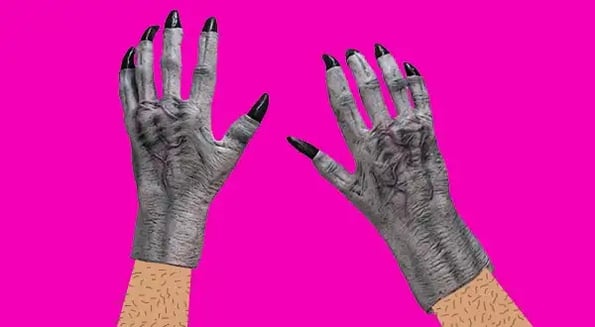
The insurance giant — which lost $62B in Q4 2008 and received billions in a government bailout — announced $165m worth of bonus payments in March 2009.
Amidst public outcry, a number of high-ranking AIG executives paid back the funds.
In the decade since the crash…
… the question of “should executives still get bonuses after corporate meltdowns” persists. According to The Economist, 93% of companies in the S&P 500 have clawback policies for cash and equity bonuses in place.
However, there continue to be high-profile stories of corporations not using these clawback policies when they seem warranted:
- Drugmakers “accused of stoking the opioid epidemic” have paid fines but largely not used clawbacks
- Boeing paid its CEO Dennis Muilenburg a $62m bonus despite the Boeing 737 Max airplane crash tragedies
Clawbacks are hard to pull off in courts
To deal with this, corporations are delaying cash and equity bonuses. Sometimes, the period an employee must wait for a bonus begins after they leave a firm (to make sure no wrongdoing pops up after an exit).
Per The Economist, corporates are also lengthening the “misdeeds” that are eligible for clawbacks. Before, the provisions were focused on criminal conduct but — now — they also take into account potential “damage to the firm’s reputation.”
A notable example: Wells Fargo clawed back $69m (nice) from former CEO John Stumpf after internal investigations found he created a work environment that encouraged the opening of fake accounts.
Compared to 2008 — when it took the literal implosion of the global economy to take action — these measures seem sensible.


